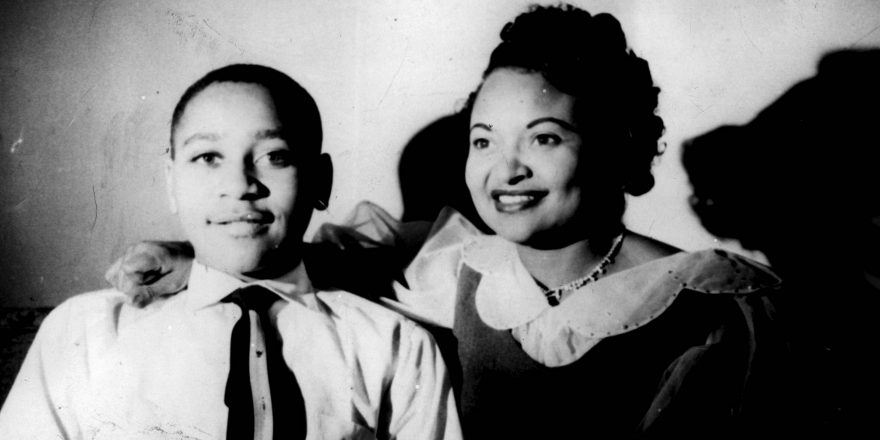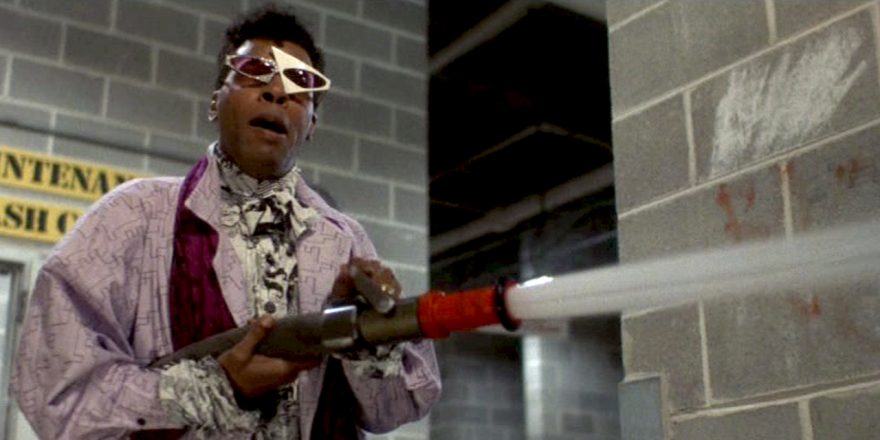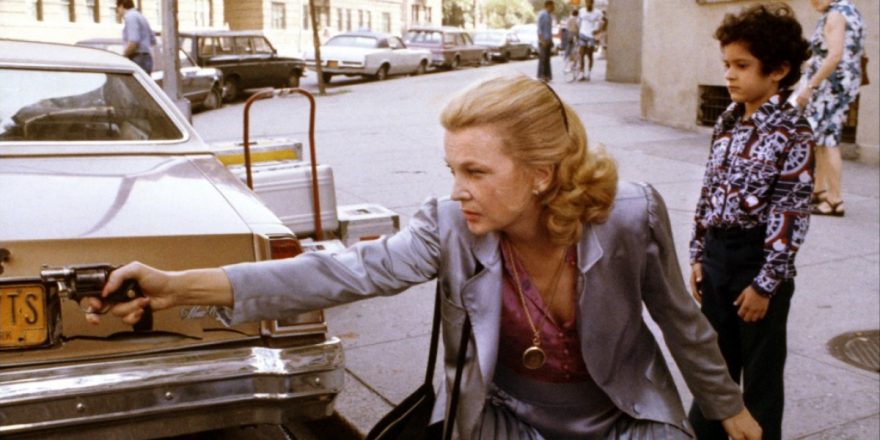When black artists protest art by a white artist that depicts horrors of black life, the object of the protest gains fame. The black people doing the protesting remain unknown; the white artist whose work is objected to is uplifted in the national conversation. Largely, people of color are blocked by the white dominated “art-world” for money, appreciation, opportunity, gratitude and regard.
White people, would you please start rigorously and regularly protesting black artists so someone besides our Facebook friends can know who we are. Additionally, this will help prevent the multitude of poor and working black artists of America from being a burthen to their parents or country, and for making them Beneficial to the Publick.
There should be implemented by a rotating committee comprised of prominent and emerging art-world folks from the “race” they call “white” to, every season and without fail, condemn a number of Black-Authored Works-of-Art and call for their immediate censure and subsequent physical destruction.
Thusly, every year dozens of black artists, representing a range of genres, mediums and backgrounds, would receive a wide range of consideration and publicity. This attention would not only feed the art-world economy but also add to the proliferation of a dynamic non-white-supremacist gaze, which would be to the profit of everyone around the world.
Truth: in light of today’s trying times, the frequent protest and condemnation of black art made by black artists via white outrage must commence immediately. There isn’t a moment to lose, and the massive number of worthy black artist applicants of all generations is staggering.
Think of the fabulous “Letters to the Editor” we would get from these myriad black artists, newly reborn within public consciousness. Since notions of white supremacy have no true defense, there will be no need for the black artist in question to make a direct “justification” of their now condemned and thus, highly seen artwork, much less for them to make an “apology.” Their response can focus on helping folks find personal illumination in the themes of the artwork in question.
A protested black artist might say, for example:
“I don’t know what it is like to be a white supremacist in America or to support white supremacist views, but I do know what it is like to be a toaster. The kitchen toaster has a hard life. People shove bread in you and force you to cook it. My painting (or sculpture, or film, or performance, etc.) is about that struggle.”
This would enable big conversations about the qualities of black art by black artists to flourish. We would no longer need to hear how art belongs to everybody and regardless of how an artist comes to the subject, they should be able to do what they want. One must remember, white people taking things from black people and displaying them as their own without fear of condemnation or repercussion is the primary benefit of racism. Taking things is the core act of “privilege” the illusion of “whiteness” is based upon. Whether her name is Elvis Presley or Melania’s speechwriter, he Knows who she Is.
For pain carries power. Power can lead to Art. Art can change consciousness. Consciousness can change the world. But remember what Louis Armstrong said to the white dude who asked him what “jazz” was: “If you have to ask, you’ll never know.”
By that measure:
Don’t sing Nina Simone songs unless you come true in the spirit and cause.
Don’t bite Frederick Douglass unless you read him true to the spirit and cause.
Decisively and in thunder, don’t ever evoke the spirit of Emmett Till and his blessed mother Mamie Till. Unless they call for you. How do you know when you got the call? Go back to the Louis Armstrong quote. Repeat. Respect blackness before you purport yourself to “love” it. True love comes tough. But it’s required by all of us if, at long last, humankind is to experience what is sometimes called the “singularity,” which will allow us to rise in our collective spiritual consciousness and ascend to become eternal beings of love.
Sound great? You want in on this? Then compel the national conversation about black-themed art to highlight black artists. Don’t even joke that white people protesting black artists would help, cuz you know those crazy white motherfuckes will take that as a sign to come into galleries and shoot black people. Crazy white motherfuckes don’t need further sanctions or incentives from the state to shoot black people. Let there be more hearty and sincere attempt to uplift black art peacefully. Let us have at least some glympse of hope …
Alas! Too late. I hear them coming now. Those dirty red-caps. They’re banging down my apartment door. They have their Uzis and their pitchforks, those damn lower-case “v” middle initials and other grubby implements of white supremacy. They are yelling! For me, and soon for you. I can hear them. I’ll go out brave and gory. Farewell. Goodbye …
The only “art” that matters today, regardless of its Author’s race, is Art that Smashes white patriarchy. Now. Jonathan Swift, go eat some babies, and support black art, et al.








